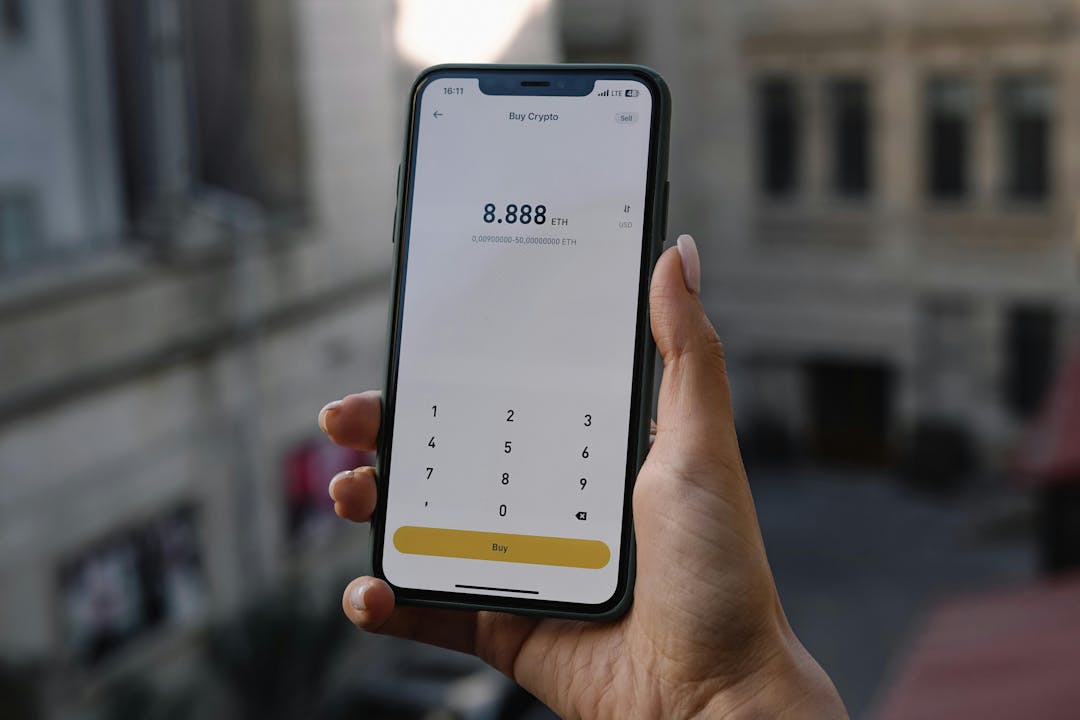Money Guided
0 min read
When you hear the word “wellness,” what comes to mind for you? What do “wellness” and “unwellness” actually look like, and how do you move from one to the other?
Over the past several years, “wellness” has become a major buzzword in our culture. Depending on the context, the term can be used to encompass any number of things: physical wellness (eat well! do yoga!), emotional wellness (meditate! go to therapy!), even spiritual and sexual wellness (can I interest you in a jade egg that will help with both?). Whatever your interpretation of the word, there’s been an explosion of products promising wellness to their users, including many highly successful apps that have digitized evidence-based therapies and programs.
But our conversation about wellness often overlooks a crucial component: money.
What most financial products are missing
Over the past decade and change, multiple market crashes, inflation, and skyrocketing costs of living have made it clear that finances can’t be divorced from our overall well-being. Just under half1 of people struggling with debt are also struggling with their mental health; meanwhile, 86% of people experiencing mental illness say that their struggles were exacerbated by their financial situation. Mental (un)wellness also has big implications for our long-term financial health: 76% of people with poor self-esteem have difficulties planning for the long-term, and as many as 69% worry about managing their finances on a daily basis.
But few financial services are built with an understanding of their users’ overall well-being. By focusing solely on wealth accumulation, most miss out on the bigger picture of users’ overall wellness. For example, a financial advisor or a personal finance app may recommend forgoing your daily lattes in order to help you save money, a good idea on the surface — but if your walk to the local coffee shop is your main source of exercise, and the sweet, sweet taste of salted caramel is the only thing that makes your workday bearable, then cutting this ritual might not be the best decision from a holistic perspective.
Bringing financial wellness into the workplace
Money Guided, a financial tech company based in the UK, saw an opportunity to help bridge this gap by getting employers involved in their employees’ financial wellness. Organizations have a clear incentive to care about their workers’ financial wellness: employees who are struggling financially are only half as productive2 as those who are not. So Money Guided built an app that integrates workplace well-being with personal finance.
Another key way in which Money Guided stands out from the crowd is in its revenue model. Other financial services that link people to financial products — brokers, for example — work off commission. This creates a perverse incentive to upsell clients on services and products they might not actually need.
By contrast, Money Guided works on a subscription model, paid by employers; any commissions required through the sale of financial products are returned to the user. By structuring itself more like an employee benefits program, it ensures that the focus stays squarely on the user’s well-being — their profits aren’t dependent on selling clients additional financial products, as is the case for many other services on the market.
But early in the development process, there were a lot of questions about how exactly to go about building and launching the app. How would employees feel about their employers getting involved with their financial & mental well-being? How could the app nudge people into more of a long-term financial mindset?
TDL joined the project to help answer these questions. We conducted behavioral research with more than 1,200 participants in the UK, then translated our findings into sleek, evidence-based designs for the app. Our final features target some of the major cognitive biases that often derail financial decision-making, while also speaking to the unique needs of both customers (employers and HR reps) and end users (employees).
How saving for the future improves mental wellness now
Making progress toward any long-term goal is an uphill battle. We’re wired to value immediate rewards more than we do future ones: splurging on a night out with friends is fun now, whereas saving for retirement seemingly won’t benefit us for several decades.
The thing is, there actually are immediate benefits to behaviors like saving and budgeting. When people lack confidence in their own financial competence, they tend to avoid thinking about finances altogether: they don’t set goals, they don’t monitor their spending, and so on. This creates a vicious cycle, where avoidance fuels overspending fuels more avoidance.
The app helps users tackle their financial anxieties by providing educational resources for users who are new to budgeting, and sending personalized messages tailored to their particular level of financial confidence. But perhaps more importantly, it also helps users start to see the fruits of this more proactive approach right away, rather than wait for months or years until benefits start to emerge. By encouraging them to track their financial habits as well as how they’re feeling day to day, the app helps users visualize the way progress towards long-term goals feeds back into their immediate lived experience.
Fig 1: Some screens from the Money Guided app
Focus on the positive
When it comes to finance, framing is everything. Imagine getting started with a personal finance service when you’re already feeling stressed out about money, only for it to prompt you to devise an end-all-be-all financial plan that will have you covered from now until retirement. Good money says you’ll uninstall the app and never look back.
Any effective financial app needs to understand, from a behavioral perspective, what kind of messaging is most likely to help users move towards their goals. Drawing from years of behavioral research, Money Guided is structured to help users keep their focus on the outcomes they’re working towards, chunk daunting processes into concrete tasks, and congratulate themselves on their progress.
A new frontier for personal finance
Research has found that, in the coming years, benefits are a key criterion job seekers will look for when deciding whether or not to apply to a new job. In one study, one third3 of respondents specifically called out financial wellness as an area where they wanted support.
Money Guided is at the vanguard of a financial wellness revolution in the workplace. By combining behavioral finance, user-centered design, and AI-driven personalization, the platform is optimized to meet users where they’re at, no matter how much (or how little) financial experience or know-how they have under their belt.
References
- Money and mental health facts and statistics - A Money and Mental Health Policy Institute factsheet. (2022, August 10). Money and Mental Health Policy Institute. https://www.moneyandmentalhealth.org/money-and-mental-health-facts/
- Mental health and employers: refreshing the case for investment. (2020, January 23). Deloitte United Kingdom. https://www2.deloitte.com/uk/en/pages/consulting/articles/mental-health-and-employers-refreshing-the-case-for-investment.html
- Meister, J. (2021, December 16). The Future Of Work: Offering Employee Well-Being Benefits Can Stem The Great Resignation. Forbes. https://www.forbes.com/sites/jeannemeister/2021/12/16/the-future-of-work-offering-employee-well-being-benefits-can-stem-the-great-resignation/?sh=541456b35a1f




